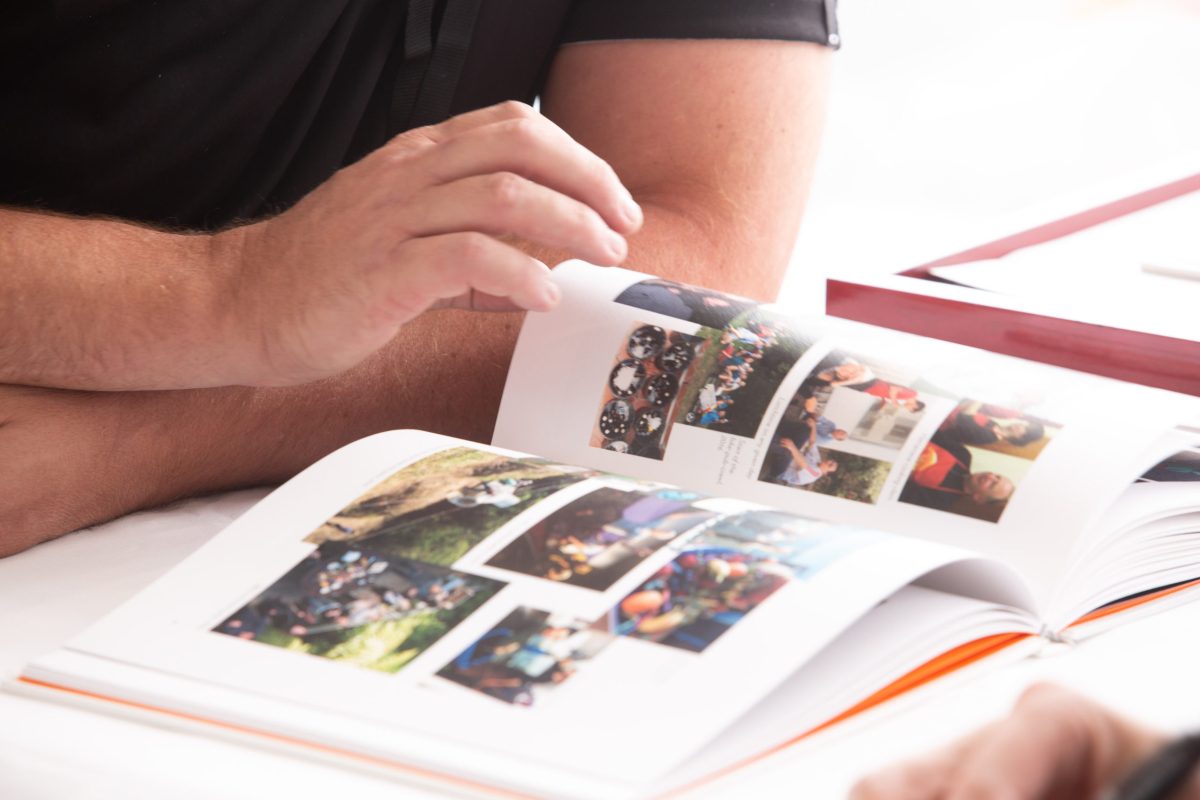Judges looking at this year’s Pride In Print entries agree that printers have reached new heights in this year’s competition.
Both the number and quality of entries into the 27th annual Pride In Print awards have risen again this year. Industry judges spent three days examining entries in March.
Sue Archibald, manager Pride In Print Awards, says, the 703 entries received for this year’s awards, up from 660 last year, shows a big jump in interest.
The Labels category had the biggest rise from 90 entries in last year’s awards, to 162 this year. Judges saw a noticeable rise in quality as well. Calendar entries also rose. Early bird entries rose by 70 per cent, an indication of the importance of the industry awards to those participating.
Archibald says, “People took up the incentive to save their best work and enter them earlier, much more than they have in the past. With higher entry levels being submitted, they saw the opportunity to take advantage of the early entry reduced fees.”
She adds that the increased level of participation clearly indicates the pride that printers, and related trades, take in their work. It also indicates the high value placed on winning a Pride In Print award. She says, “Our industry is world class and these awards prove it.”
The current situation, with the world reeling from the effects of Covid-19, means that organisers must wait for a date to advise when and how to announce the 2020 Pride In Print awards winners. However, she contends that, “The current industry challenges may see some new opportunities for presenting the entries.
“Adversity often presents opportunity and this industry is most certainly one to embrace a challenge. After all, is this not what the awards are all about?”
Skill raises Pride in Print entries’ quality
The Pride In Print Awards created two new categories this year.
The newspapers category aims to to give this genre a point of difference to publications which were often a completely different offering.
The Structural Design category marks an effort to separate Point Of Sale entries into flexible and structural, such as large display stands. This year, the category also attracted more entrants, many of which judges describe as “some fabulous work”. Packaging also continues as a growth area for the industry.
Judges across many of the categories say printers have lifted the bar higher and, while they can attribute some of the increase in quality to better machinery, many entries achieved outstanding quality due to the innovative use of different processes and attention to detail.
This included printing on difficult stocks; several different embellishments on one piece of work; and careful planning and manipulation of images at the prepress stage. Some of the work would have had a zero tolerance for error.
Labels judge Tony Wheeler says judges have seen a big increase in the use of offset and a, “very high level of embellishment” from varnishes to foils, coatings, textures, embossing and even sculptured foil. He says, “All the new investment here in machinery is helping to raise the benchmark.”
However, judges point out that skill still plays the major part in the quality of the work submitted. Work still has to reflect excellence from original design through to final execution. He adds, “In some of the work, the degree of difficulty was remarkably high; the embellishments just added to that. You still have to have perfect registration and good design at the start.”
Finishing judge Steve Watson says judges awarded entries a good number of gold medals, purely because of the quality. He says, “There were some outstanding entries and some complicated ones. The standard was so high compared to previous years that very few were able to be passed over. It makes the judging job so much harder as entrants continue to push the boundaries and present us with some outstanding results.
Code for innovation
While the barcode quality remains high in all this year’s entries, GS1 New Zealand quality services manager Owen Dance hopes to see even more design innovation. Judges testing applicable entries with barcodes found all of them fit for purpose.
Dance says that, having achieved the necessary quality, entrants must now look for greater innovation. To get the word out, UCOL, the Universal College of Learning in Wellington, has run a design competition called Raising the Bar. Now in its third year, it offers a $2000 cash prize.
In this year’s Pride In Print Awards, a limited number of entries carried barcodes. All of those needed verification after testing as part of the awards judging criteria.
Click here for more information on this year’s awards


